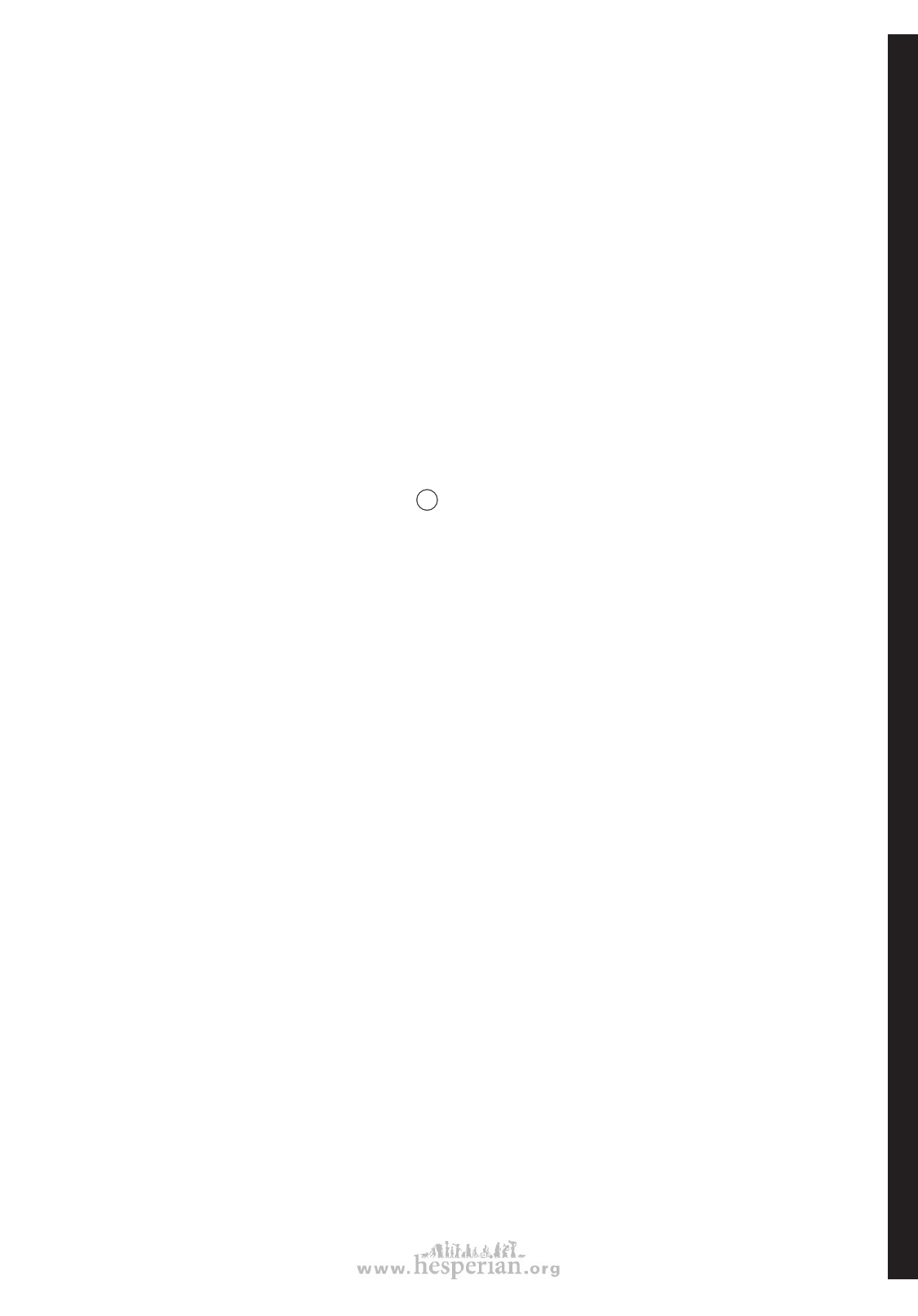
index 647
corrective actions and positions, 95‑103, 334
developing skills, 106
different types of cerebral palsy, 89
dressing, Chapter 37
drinking, 326
early development, 104‑105
early signs, 87
feeding a child with cerebral palsy, Chapter 36, 87, 92, 323,
326, 329
improving body control and balance, 105, 299, 306‑307,
310‑312, 316
jaw control, 323‑324
medicines, 91
moving about, 93
physical examination, 24, 40, 41
positions for feeding, 322‑323, 325, 326
prevention, 107‑108
record sheets, 39‑41
self care, 106
spasticity, 87‑106, 89, 346
special seating and wheelchair adaptations, 285, 323‑325, 329,
591, 607‑612
toileting, Chapter 38
tongue thrusting, 324
tying shoes with one hand, 336
walking, possibilities for, 93
(Also see Chapter 33‑Chapter 43, Chapter 5, Chapter
62‑Chapter 66, Chapter 8 and pages marked with CP
in the margin)
Child development, Chapters 34 and 35
books on development, 640
causes of slow development, 287, 289
development of self‑care skills:
toileting, Chapter 38
eating, Chapter 36
dressing, Chapter 37
bathing, Chapter 39
early stimulation, Chapter 35, 289, 295
evaluating child’s physical and mental development, 49‑50,
292‑294
guidelines for helping a child’s development, 297‑299
normal child development, Chapter 34, 290‑293
toys that help development, 316‑318
Child development activities
for body control, balance and sitting, 306‑308
for crawling, 309‑310, 436
for standing, walking, and balance, 311‑312
for communication and speech, 313‑315
to encourage rolling and twisting, 301, 304‑305
to develop gripping, reaching, and hand eye coordination,
301‑302, 305‑306
to develop head control, 302‑303
CHILD‑to‑child activities, Chapter 47
Activities about disabled children:
Understanding Children with Special Problems, 429‑441
Children Who Have Difficulty Understanding, 442‑445
Let’s Find Out How Well Children See and Hear, 447‑454
Testing Vision, 453
Testing Hearing, 450‑451
how introduced, 428
list of disability‑related CHILD‑to‑child activities not included in
this book, 427‑428
purpose, 428
Children, advice about whether to have and with whom,
112, 124, 242, 281
Chlamydia, as a cause of blindness, 245
Cleanliness (See Bathing)
Cleft lip and cleft palate, 119, 120
Club feet, information about, Chapter 11, 114
methods for correcting club feet, 115‑116, 565‑568
with dwarfism, 126
Communication, what is it, 257
activities for developing communication and speech, 313‑315
aids, 106, 263, 578
development of early skills, 260‑262
for the deaf child, Chapter 31
for children who hear but cannot speak, 261, 274
normal development of speech, 313
oral communication, 263‑264, 274
total communication, 263‑265
warning about methods with deaf children, 264
with hand signs, 266‑273
(Also see Deafness)
Community and the Disabled (Social Factors), Chapter 44
attitudes of community toward the disabled, A‑5 to A‑7, 531‑532
blind children in the community, 246‑247, 255
building on skills, knowledge, and resources of the people, A‑1
to A‑2, A‑10 to A‑11, 264, 505
community participation, 405
community support for the family of a severely disabled
child, 283
cruelty and misunderstanding, 246, 247, 402, 413, 427, 531‑532
deaf children in the community, 258‑261, 264, 276
epilepsy (seizures) and community, A‑5, 242
helping children understand the needs of disabled children (See
CHILD‑to‑child, Chapter 47)
leprosy and the community, 226
local beliefs (See Traditional beliefs, customs, attitudes)
need for disabled to organize, A‑4, A‑5, 16, 20, 404, 409, 532
overprotection, 403
social needs of disabled child, Part 2, Chapter 44, Chapter 47,
401,404,415
(Also see Education)
Community Directed Programs, Chapter 55
Centre for Rehabilitation of the Paralysed (Bangladesh), 509, 518
Community‑directed Rehabilitation Development (Pakistan),
328, 407,499, 510, 511, 520
Los Pargos, 499, 517
Operation Handicap Internationale (OHI) Artificial Limb Program
(Thailand, Kampuchea), 521, 628‑631, 634
Organization of Disabled Revolutionaries (Nicaragua), 407, 482,
483, 519
Project PROJIMO (disabled villager‑run rehabilitation program in
Mexico‑See PROJIMO)
Community theater (See Popular theater)
Community‑Based Rehabilitation (See Village‑Based
Rehabilitation)
Condom catheter, 207
Constipation (See Bladder and bowel management)
Contractures, Chapter 8, Chapter 59
difference from spasticity, 79
examination and measurement of, 79‑80
exercises and activities to combat contractures, 138‑152,
Chapter 42
how muscle imbalance causes contractures, 78, 139
how joint pain causes contractures, 138
joint capsule contractures, 80
knock‑knee contractures, 81, 93, 101, 103
methods for correction, Chapter 59
of ankle and foot (tight heel cord), 80, 81, 101, 576, 577
of hips, 66, 71, 77, 79, 81, 101
of knee,77‑80, 101
prevention and management, 81‑86
range‑of‑motion testing, 79
skin contractures, 231‑232
when not to correct them, 72, 183
when there is spasticity, 102‑103
with polio, 59, 61, 63, 66
with cerebral palsy, 101‑103
with juvenile arthritis, 138‑139, 147‑149
with spinal cord injury, 181, 184
with an amputated leg, 229
Contractures, multiple, from birth (Arthrogryposis), 122‑123
Cretinism (See Hypothyroidism)
Crutches, 393, 584‑586
crutch tips, 587
deciding between crutches and canes, 143, 393, 526, 587
measuring and fitting, 393, 584
modified as walker, 579, 581
precautions with underarm crutches, 393, 526, 584
story about making crutches, A‑1 to A‑2
(Also see Walking aids)
disabled village children